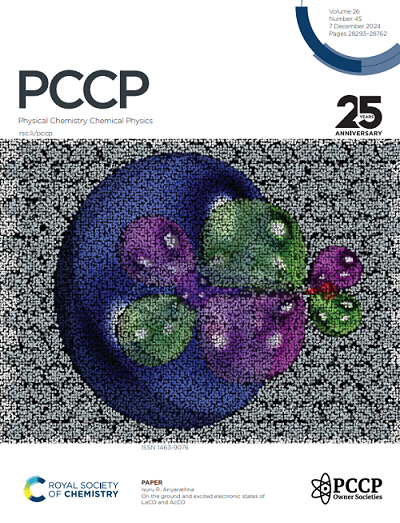Understanding the hydrocarbon - PFSA ionomer conductivity gap in hydrogen fuel cells
IF 2.9
3区 化学
Q3 CHEMISTRY, PHYSICAL
引用次数: 0
Abstract
Hydrocarbon ionomers (HCs) have the potential to replace perfluorinated sulfonic acids (PFSAs), which are currently used in electrolyser or fuel cell membranes. To be a truly viable alternative, HCs must have conductivity across the operating range and cell lifetime comparable to PFSAs. Conductivity is an important property of membranes because it affects the energy efficiency of a fuel cell or electrolyser. By examining conductivity as a function of water volume fraction, it becomes evident that HC ionomers have consistently lower conductivity at low relative humidity. To better understand this ’conductivity gap’, conductivity was converted to proton diffusivity and analysed using General Effective Media (GEM) theory for the first time. This analysis revealed that all ionomers require similar hydration levels for proton dissociation, and proton diffusion coefficients in the dry polymer are responsible for the conductivity gap. It is suggested that the membrane tortuosity ultimately accounts for the dry membrane’s proton diffusivity and low RH conductivity. As the membrane hydrates however, all ionomers exhibit similar diffusion coefficients, indicating that conductivity at high humidity is limited by proton concentration.求助全文
约1分钟内获得全文
求助全文
来源期刊

Physical Chemistry Chemical Physics
化学-物理:原子、分子和化学物理
CiteScore
5.50
自引率
9.10%
发文量
2675
审稿时长
2.0 months
期刊介绍:
Physical Chemistry Chemical Physics (PCCP) is an international journal co-owned by 19 physical chemistry and physics societies from around the world. This journal publishes original, cutting-edge research in physical chemistry, chemical physics and biophysical chemistry. To be suitable for publication in PCCP, articles must include significant innovation and/or insight into physical chemistry; this is the most important criterion that reviewers and Editors will judge against when evaluating submissions.
The journal has a broad scope and welcomes contributions spanning experiment, theory, computation and data science. Topical coverage includes spectroscopy, dynamics, kinetics, statistical mechanics, thermodynamics, electrochemistry, catalysis, surface science, quantum mechanics, quantum computing and machine learning. Interdisciplinary research areas such as polymers and soft matter, materials, nanoscience, energy, surfaces/interfaces, and biophysical chemistry are welcomed if they demonstrate significant innovation and/or insight into physical chemistry. Joined experimental/theoretical studies are particularly appreciated when complementary and based on up-to-date approaches.
 求助内容:
求助内容: 应助结果提醒方式:
应助结果提醒方式:


